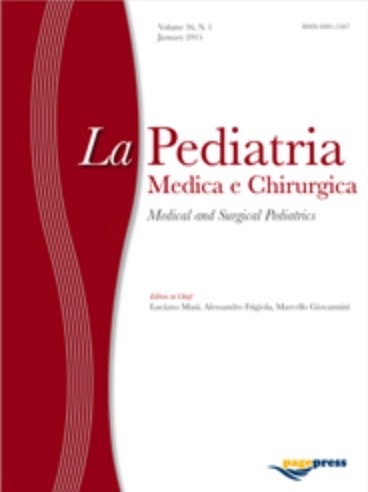The impact of multiple insertions on peripheral intravenous access in low-birth-weight infants in perinatology

All claims expressed in this article are solely those of the authors and do not necessarily represent those of their affiliated organizations, or those of the publisher, the editors and the reviewers. Any product that may be evaluated in this article or claim that may be made by its manufacturer is not guaranteed or endorsed by the publisher.
Authors
Low-Birth-Weight (LBW) infants have very small veins, and there is a risk of needing multiple insertions to establish peripheral intravenous access. This study aimed to examine the impacts of multiple insertions during peripheral intravenous access in LBW infants. This cross-sectional study involved 216 respondents. Data were analyzed with the Spearman correlation. The results showed a significant relationship (p<α) between multiple insertions to establish peripheral intravenous access to LBW infants with increased pain, heart rate, respiratory rate, duration of crying, delayed treatment, duration of insertion, and high cost of care (p<0.001; r=0.358-0.836). Meanwhile, multiple insertions might decrease oxygen saturation and body temperature (p<0.001; r=0.358). In this study, multiple insertions were correlated with several negative impacts on the physiological function and discomfort of LBW infants. The study also highlights the effect on time of treatment precision and cost effectiveness. Recommendation: It is necessary to develop preventive measures to reduce the impact of multiple insertions to establish peripheral intravenous access in LBW infants.
How to Cite

This work is licensed under a Creative Commons Attribution-NonCommercial 4.0 International License.
PAGEPress has chosen to apply the Creative Commons Attribution NonCommercial 4.0 International License (CC BY-NC 4.0) to all manuscripts to be published.






